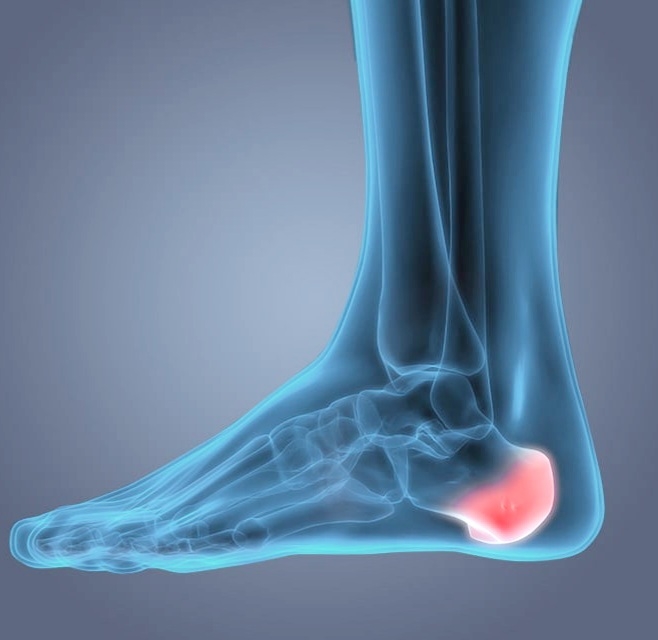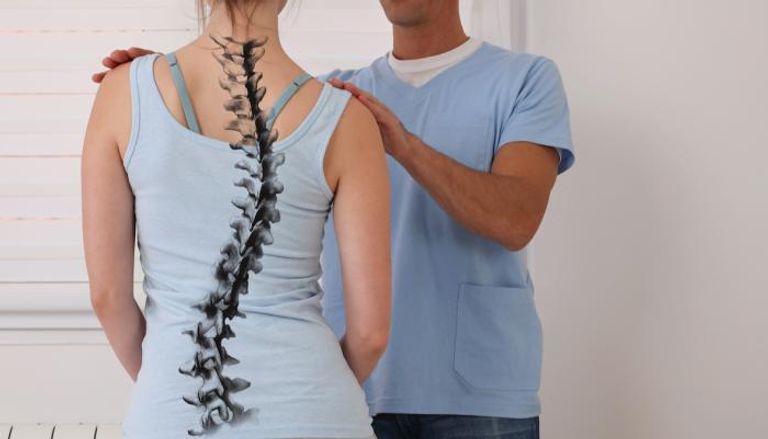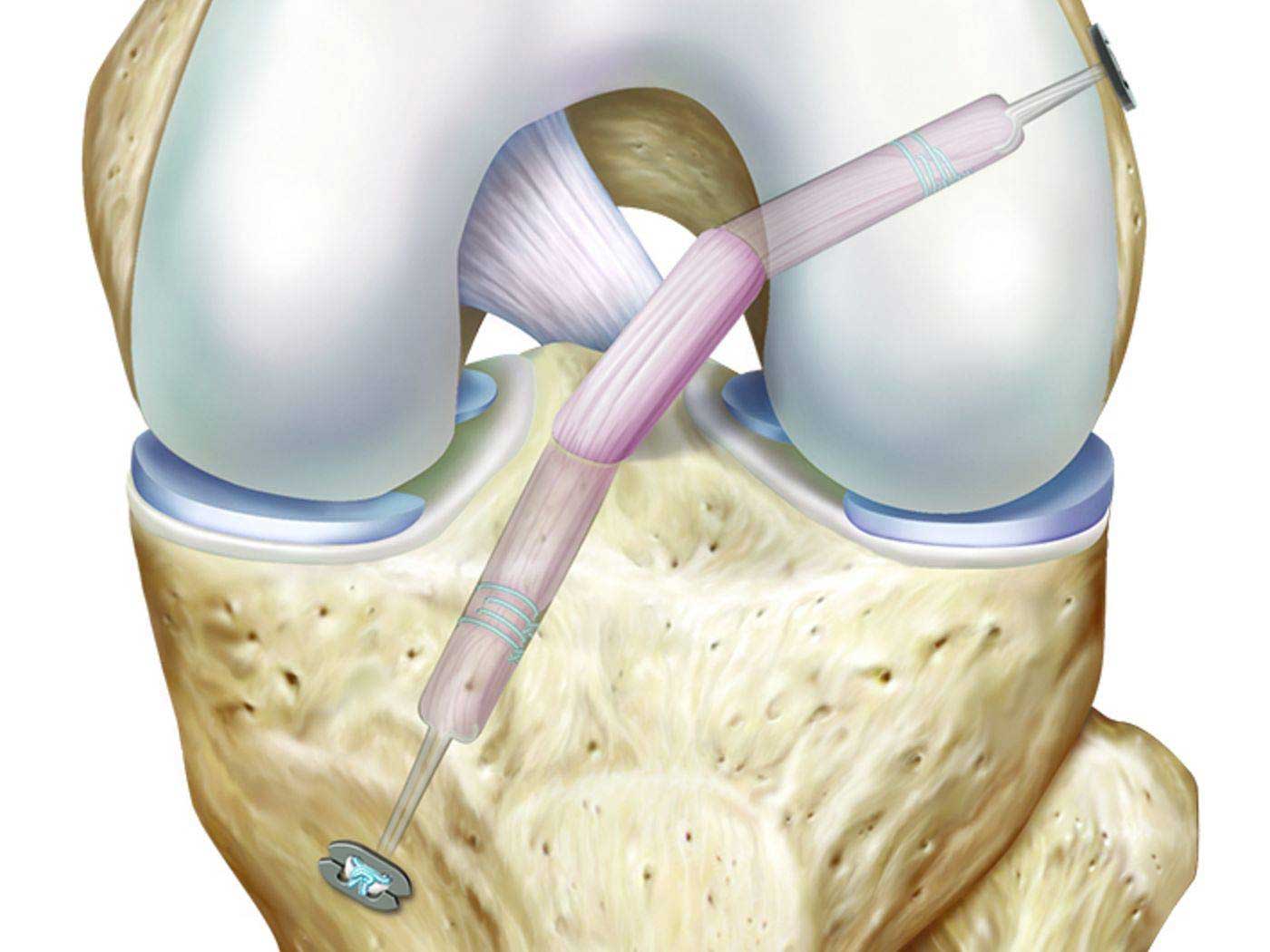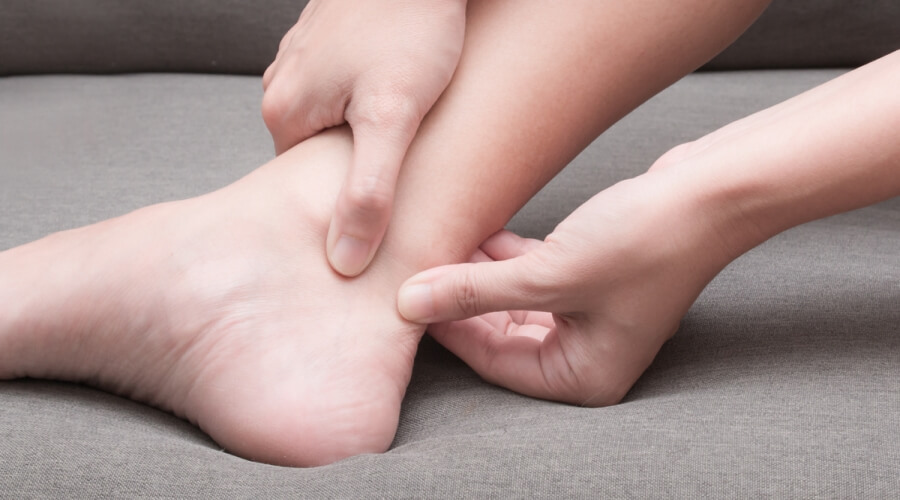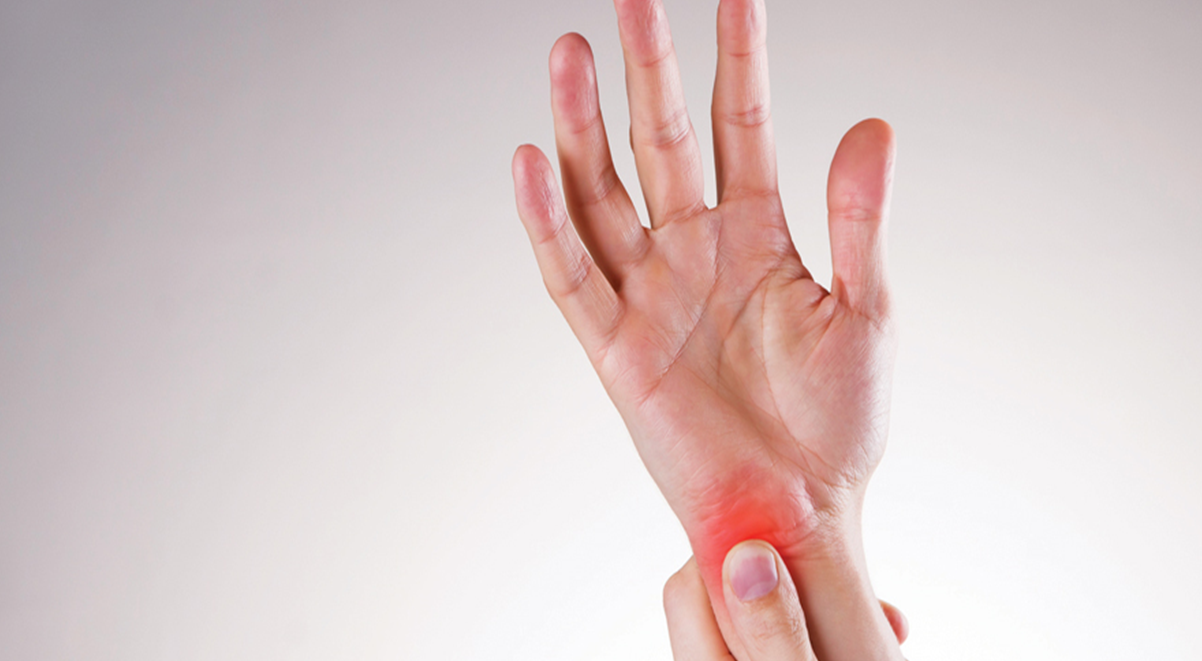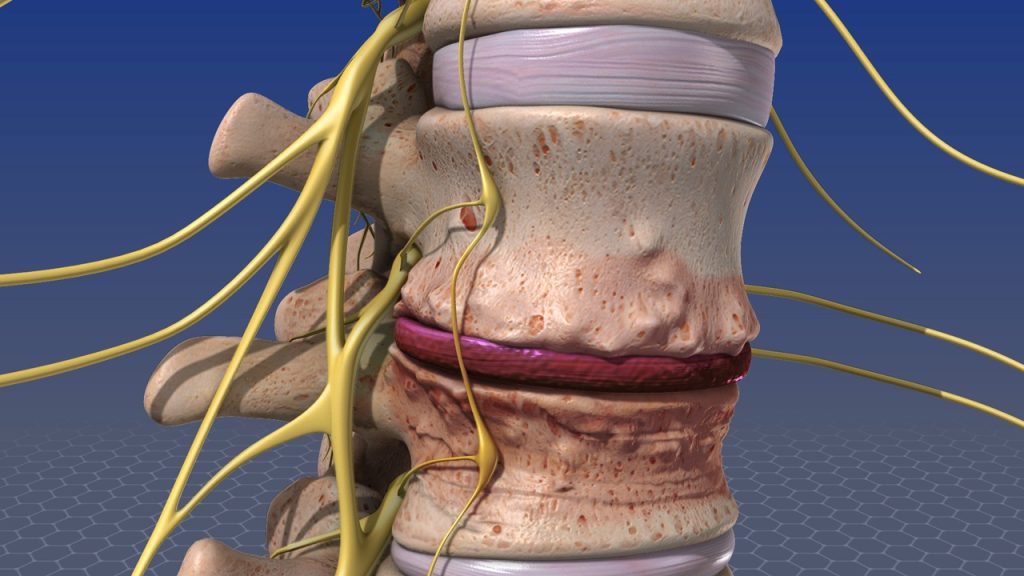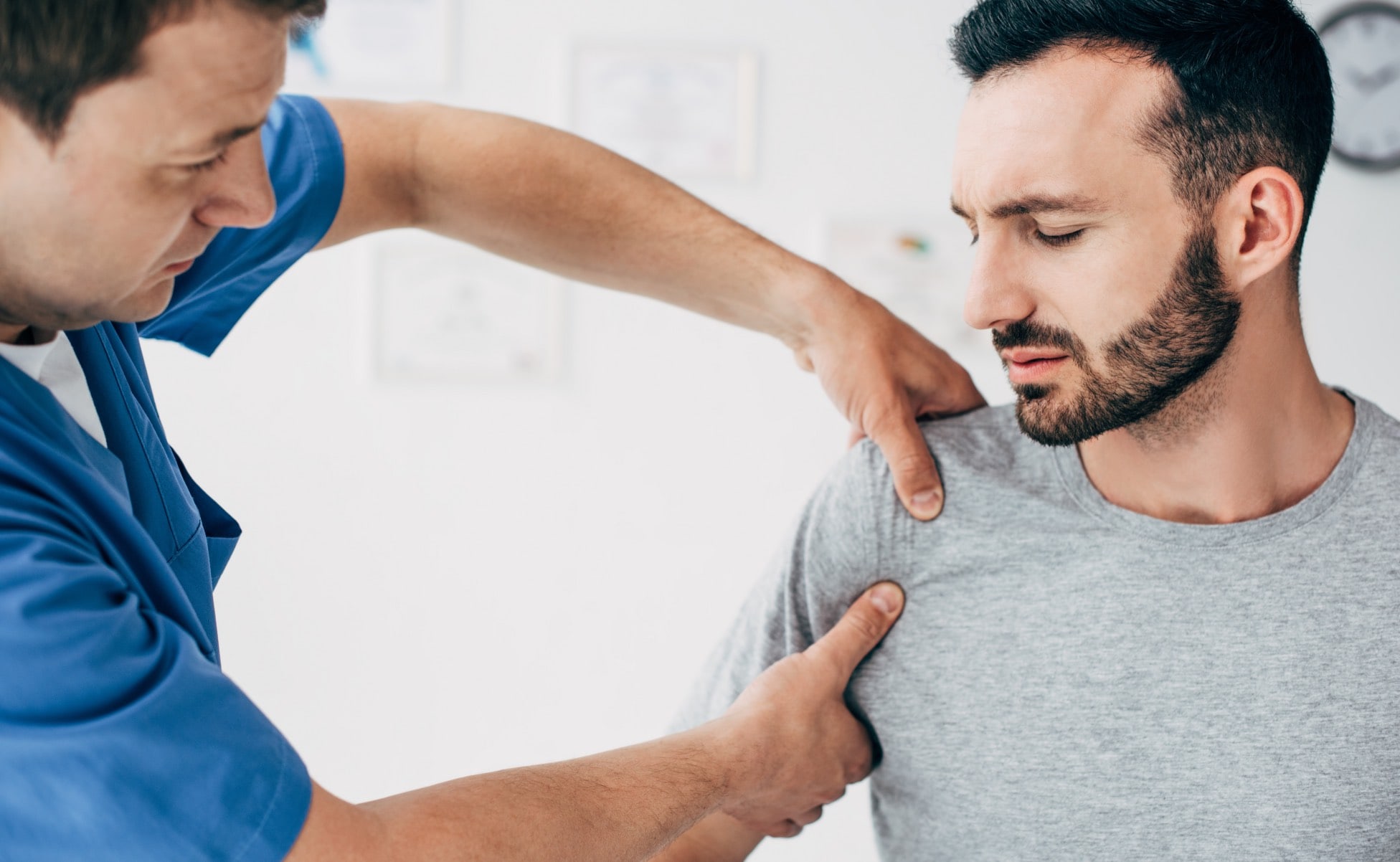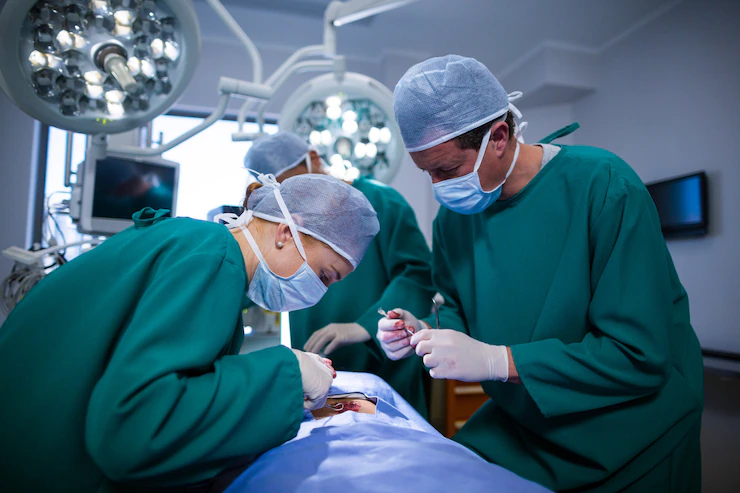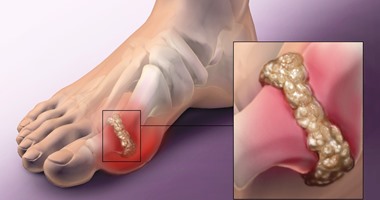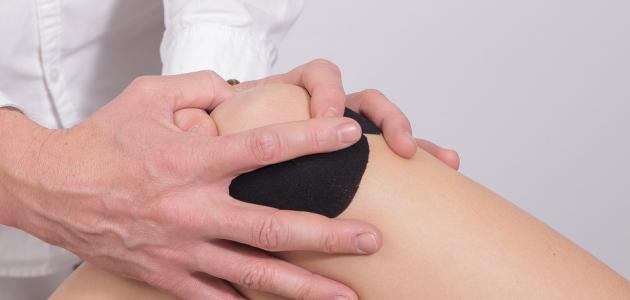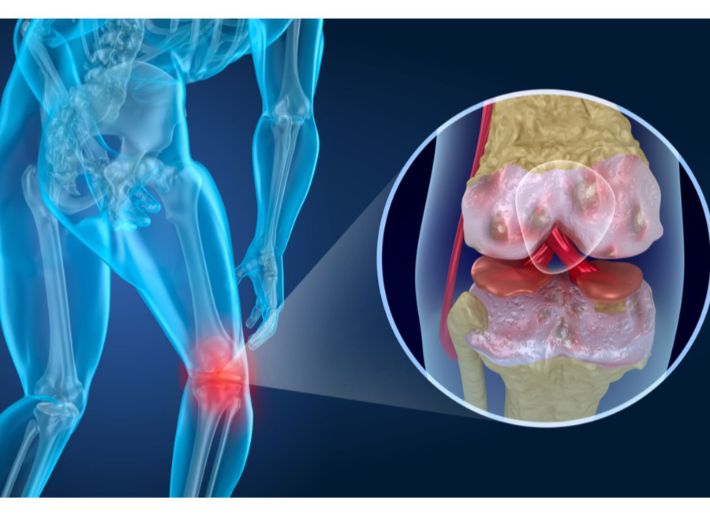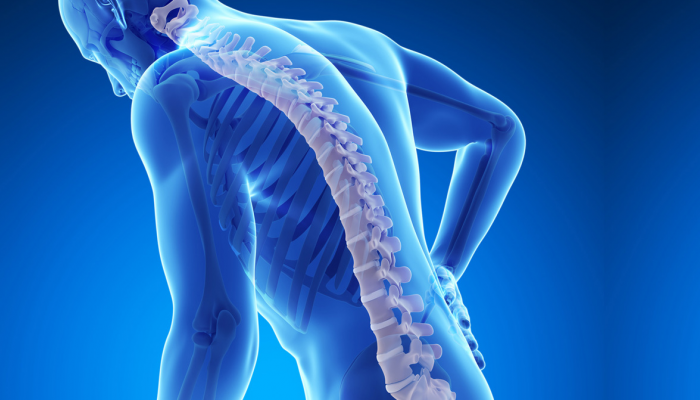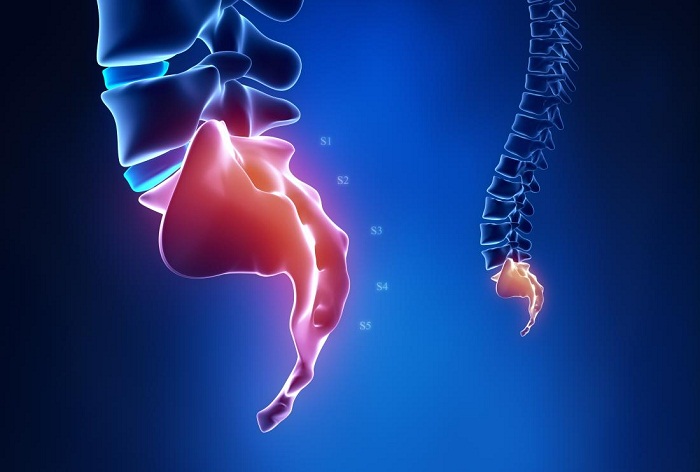What is the treatment for osteoarthritis of the knee?
Tendonitis is one of the diseases that affect the knee and can affect the patient’s ability to move, and we explain the full information about it in the following article.
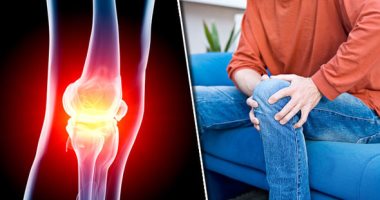
What are the symptoms of osteoarthritis of the knee?
The tendons in the knee are one of the components of the knee, and it is a tissue that has a high rate of flexibility and can be joined and works to connect the bones and muscles and it secretes a liquid that can facilitate movement at the time and the knee tendons work to give the ability to this joint to move freely and exercise and also can change what between sitting or standing more easily.
Knee tendinitis can happen to older people or to those who practice various sports, including running or swimming, which puts pressure on the knee and its tendons, and this leads to an increase in the pain felt by the affected person and thus can affect comfort.
Causes of knee osteoarthritis
A person can be exposed to tendinitis of the knee through the following:
- A knee injury.
- Make a sudden movement in the knee.
- Infection of the membrane around the tendon.
- There is severe pressure on the tendons.
There are some risk factors that increase the chances of developing knee tendonitis, which are:
- getting old.
- Practicing certain types of sports, including basketball and swimming.
- Job style that requires knee strain.
What are the symptoms of osteoarthritis of the knee?
Knee tendinitis is an inflammation of the outer membrane of the tendon, which affects the movement and strength of the tendon, and thus causes a knee injury that can affect a person’s ability to walk or the functions of the knee joint in general. Among the most common symptoms of tendonitis are the following:
- Feeling pain in the joint when moving.
- Knee enlargement and swelling.
- The feeling of heat in the joint.
- Redness in the affected part of the knee.
Diagnosis of osteoarthritis of the knee
The doctor can do a clinical examination of the injured person first in order to identify the symptoms and determine the location of the injury, and then an X-ray can be done that shows the current condition of the knee and the inflamed tendons, and also blood tests can be performed that show the presence of severe inflammation in the body.
Is knee tendinitis dangerous?
Neglecting treatment or late diagnosis can cause severe knee pain as a result of worsening symptoms of inflammation in the tendons inside the knee and thus affect the movement of the affected person and reduce the ability to perform usual physical activity. Knee tendinitis can be dangerous if the following complications appear:
- A change in the shape of the tendon and a failure to grow normally in what is known as tendon disease.
- The presence of a change in the shape of blood vessels and their abnormal growth.
- A complete rupture of the tendon causes health problems that may require surgical intervention.
What is the treatment for osteoarthritis of the knee?
It is possible to treat knee tendinitis, which works to reduce inflammation and treat it and improve the membrane around the tendon, which makes the affected person more able to walk and practice normal physical activity, and there is more than one method for treatment, but often the doctor gives the injured some steps that work to improve the condition of the person during the recovery period.
Methods of treating knee osteoarthritis
An inflamed knee tendon can be treated as follows:
Pharmacotherapy
Certain types of drugs can be used, including anti-inflammatory and pain relievers such as cortisone, and plasma injections can be used, which work to improve the condition of the patient.
the physical treatment
The patient can resort to a combination of medication and physical therapy, which relies on simple exercises that strengthen the tendon and muscles in the knee, which works to improve the knee and work on the ability to walk normally again.
There are exercises for the treatment of knee tendonitis, which are dedicated to strengthening the muscles and tendons in the knee, which improve the person’s condition and give the joint greater strength to withstand the inflammation and the ability to restore normal movement of the knee again.
Surgical treatment
Surgical procedures are usually not started unless the doctor finds a response from the body to other types of treatment, and sound wave therapy or needles can be used before surgery is decided, which is often when the inflammation increases and the tendon ruptures.
Herbal treatment of osteoarthritis
The use of herbs as a method of treatment is common and can be considered one of the alternative medicine methods that help other types of treatment in improving the condition of the knee tendonitis patient. The following types of herbs can be used:
- Turmeric: A patient with osteoarthritis can benefit from the use of turmeric because it contains anti-inflammatory substances and improves his condition.
- Devil’s Claw: There is more than one important substance inside the Devil’s Claw herb, which improves the condition of the patient and reduces inflammation of tendons and nerves.
- White willow: The white willow herb can be used to relieve pain and reduce inflammation resulting from a knee tumor.

